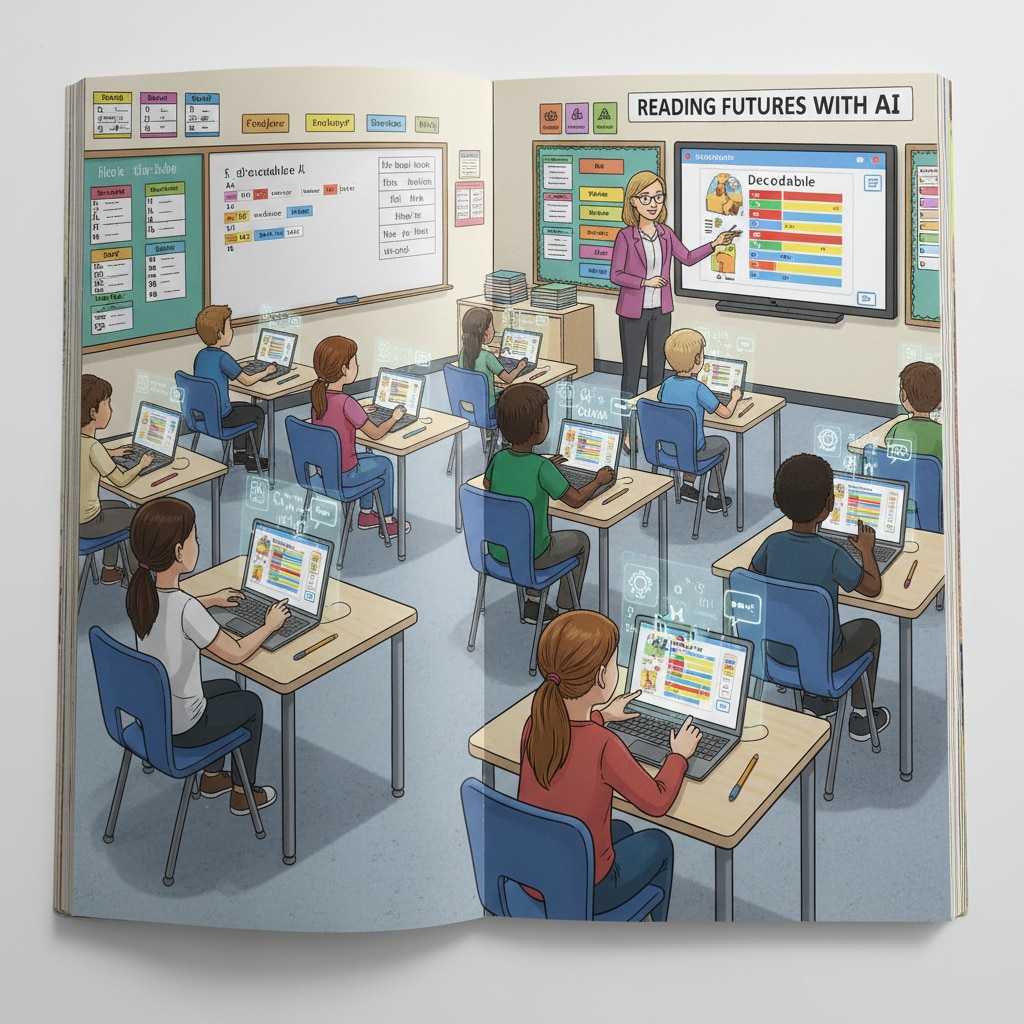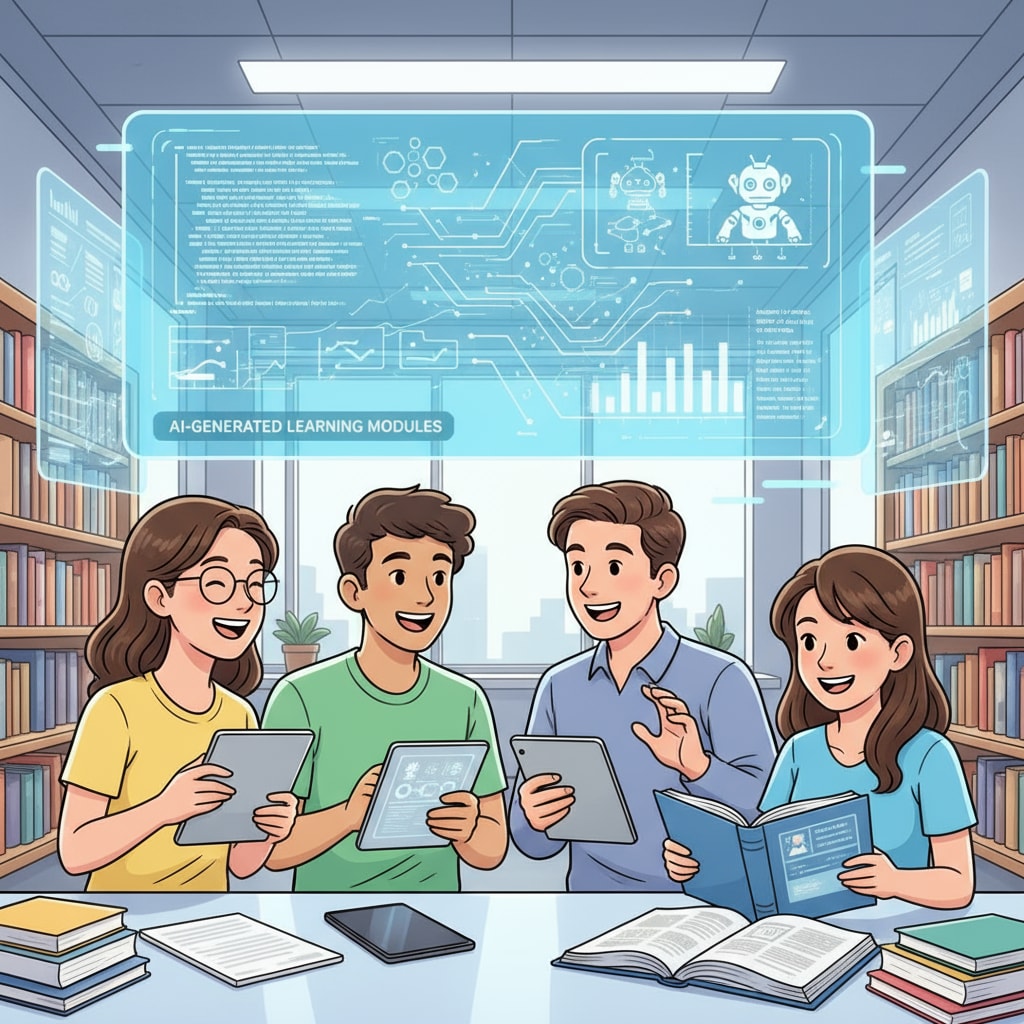The rapid advancement of artificial intelligence has brought about a significant transformation in various fields, and education is no exception. AI tools in creating decodable reading materials have emerged as a powerful force, revolutionizing the landscape of K12 reading education. This article delves into the application value and challenges of these tools, as well as how to effectively evaluate their actual impact on students’ reading ability development.

The Rise of AI in K12 Reading Materials Creation
In recent years, AI has made remarkable strides in natural language processing. For example, it can analyze vast amounts of text data to identify patterns and structures. In the context of creating decodable reading materials for K12 students, AI tools can generate texts that are carefully tailored to specific reading levels. These tools use algorithms to control vocabulary complexity, sentence structure, and the overall readability of the content. According to Artificial intelligence in education on Wikipedia, AI’s ability to personalize learning materials is one of its key strengths in educational applications.
Benefits of AI-Generated Decodable Reading Materials
One of the primary advantages is the ability to provide individualized learning experiences. Every student has unique learning needs and paces. AI tools can create reading materials that match each student’s current reading ability, allowing them to progress at their own speed. In addition, these tools can quickly generate a large quantity of materials, ensuring a wide variety of content for students to practice with. As a result, students are more likely to stay engaged and motivated in their reading learning journey.

Another benefit is the integration of multimedia elements. AI can enhance decodable reading materials by adding audio, images, and interactive elements. This multi-sensory approach not only makes the learning process more enjoyable but also improves comprehension. For instance, audio accompaniment can help students with pronunciation and fluency, while images can provide visual cues to understand the text better. As stated in Educational technology on Britannica, the use of multimedia in education has been proven to enhance learning outcomes.
Challenges in Implementing AI Tools in K12 Reading Education
Despite the numerous benefits, there are several challenges to overcome. One major concern is the accuracy of the generated content. Although AI has advanced significantly, it may still produce errors or inappropriate content. Teachers need to carefully review and verify the materials before using them in the classroom. Moreover, the cost of implementing AI tools can be a barrier for some schools, especially those with limited budgets. There is also the issue of teacher training. Teachers need to be equipped with the skills to effectively use these tools in their teaching, which requires additional time and resources.
Evaluating the Educational Value of AI-Generated Decodable Reading Materials
To determine the true educational value of these materials, comprehensive evaluation methods are necessary. This includes assessing students’ reading performance before and after using the AI-generated materials. Metrics such as reading speed, comprehension, and vocabulary acquisition can be used to measure progress. Additionally, gathering feedback from students and teachers is crucial. Their insights can provide valuable information on the usability and effectiveness of the materials. By conducting rigorous research and analysis, educators can make informed decisions about the continued use and improvement of AI tools in creating decodable reading materials.
Readability guidance: In this article, we have explored the various aspects of AI tools in K12 decodable reading materials. From their benefits to the challenges and evaluation methods, it is clear that these tools have the potential to reshape reading education. However, careful consideration and continuous improvement are needed to fully realize their educational value. As technology continues to evolve, the future of K12 reading education looks promising with the integration of AI tools.


